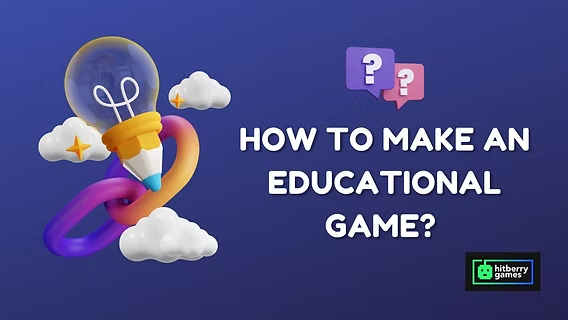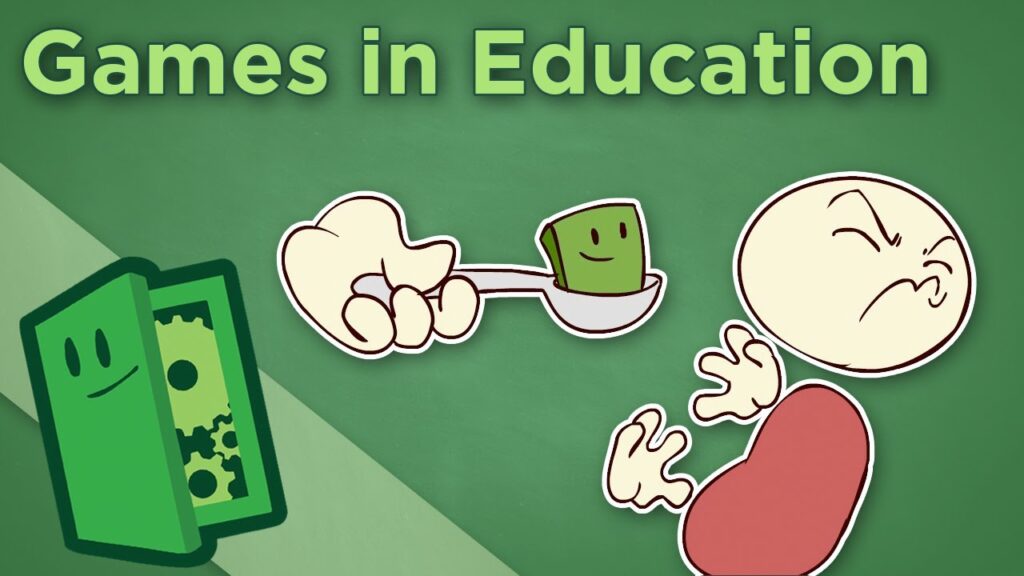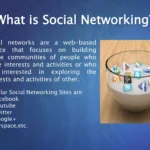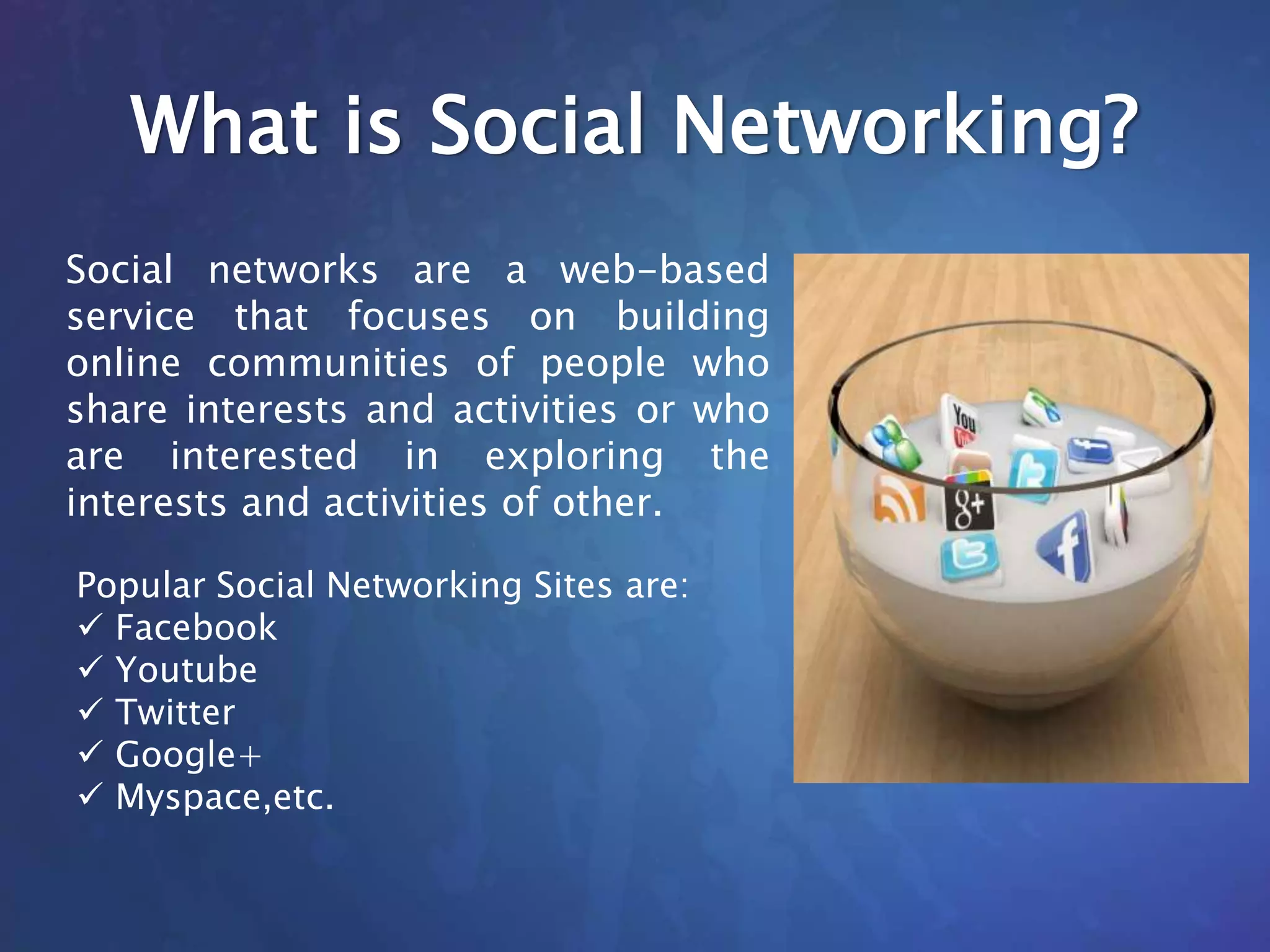
What Should We Do with Games and Education?
Introduction
In today’s increasingly digital world, games are no longer just a source of entertainment. They have evolved into powerful tools that can enhance learning, foster collaboration, and inspire creativity. Yet, despite this potential, traditional education systems have been slow to embrace games as legitimate learning tools. The question isn’t whether games should be used in education, but rather how we should use them. What roles should they play? What are the benefits and challenges? And how can we ensure they support—not replace—authentic learning?
What Should We Do with Games and Education?
This article explores the integration of games in education: their pedagogical benefits, psychological impact, barriers to adoption, and practical strategies for making them a meaningful part of learning experiences in the 21st century.
The Educational Power of Games
1. Learning by Doing
One of the most compelling arguments for games in education is that they support experiential learning—also known as “learning by doing.” In a game, students are not just passive recipients of information; they actively make decisions, solve problems, and experience consequences in real-time.
Games such as Minecraft: Education Edition, Kerbal Space Program, and Civilization allow students to build, explore, and simulate real-world systems. These immersive environments offer hands-on experience in areas like architecture, physics, engineering, and history in a way textbooks cannot.
2. Motivation and Engagement
Gamified learning environments leverage key elements like progression, rewards, feedback, and competition to motivate students. When students are engaged, they are more likely to persist through difficult concepts and develop a positive attitude toward learning.
Even simple mechanics like earning points, unlocking levels, or receiving virtual badges can create a sense of achievement and progress. This kind of intrinsic and extrinsic motivation is particularly effective for students who struggle in traditional classroom settings.
3. Cognitive and Social Benefits
Educational games often require critical thinking, strategic planning, multitasking, and collaborative problem-solving. Multiplayer games encourage students to work together, communicate clearly, and assume different roles in a team.
Research has shown that games can improve memory, spatial awareness, and even emotional regulation. For example, puzzle games can help with cognitive flexibility, while role-playing games (RPGs) develop empathy and narrative comprehension.
Challenges and Criticisms
1. Screen Time and Addiction
One of the most frequently cited concerns about games in education is the increase in screen time. Prolonged exposure to digital devices has been linked to attention issues, sleep disruption, and even addiction—especially when games are not monitored or balanced with offline activities.
However, this concern often arises from non-educational game use. The solution is not to eliminate games but to design healthy boundaries and ensure that gaming is purposeful and structured within the learning environment.
2. Inequity and Access
Not all students have access to the same technology. Introducing games that require high-end devices or stable internet connections can exacerbate existing educational inequalities. Schools must be cautious not to create digital divides.
To overcome this, educators can prioritize low-tech or offline games, or use universal access platforms. Some classrooms adopt “BYOD” (Bring Your Own Device) policies or use government-funded initiatives to supply tablets or laptops.
3. Misuse and Poor Game Design
Not all educational games are effective. Some so-called “edutainment” games are poorly designed, offering flashy graphics with little meaningful content. Others are glorified quizzes that fail to engage or challenge students.
The key is to use games grounded in sound pedagogy—ones that align with curriculum standards and encourage deep learning. Teachers also need training to evaluate and implement these tools effectively.
Case Studies: Games That Work
1. Minecraft: Education Edition
Minecraft allows students to create and explore virtual worlds made of blocks. In its educational edition, teachers can guide students through lessons in math, chemistry, architecture, and even coding. It has been used to recreate ancient civilizations, simulate ecological systems, and teach resource management.
2. Duolingo
Duolingo gamifies language learning through levels, streaks, and achievement badges. Its bite-sized lessons use repetition, context, and immediate feedback—proven techniques in language acquisition. It’s accessible, fun, and encourages consistent practice.
3. Classcraft
Classcraft turns the classroom into a role-playing game where students earn points for positive behavior, completing homework, or helping peers. They can form teams, cast spells, and level up—making classroom management more interactive and student-driven.
4. Foldit
Foldit is a puzzle game that allows players to contribute to real-world scientific research by solving protein-folding problems. It demonstrates how games can go beyond the classroom and have real-world impact.
Strategies for Integrating Games in Education
1. Align with Learning Objectives
Games should not be added just for fun—they must be purposefully chosen to support specific learning goals. Teachers should ask: Does this game reinforce key concepts? Does it develop transferable skills?
2. Blend with Traditional Methods
Games are not a replacement for teaching. They are a complementary tool. The most effective classrooms use a blend of lectures, discussions, experiments, and game-based learning.
For example, a science teacher might use a simulation game to demonstrate an ecosystem, then follow up with a hands-on lab and class discussion.
3. Facilitate Reflection
After playing a game, students should be given time to reflect. This could include writing a journal entry, participating in a group discussion, or completing a related assignment. Reflection helps transfer in-game experiences to real-world knowledge.
4. Encourage Creation, Not Just Consumption
Let students design their own games. Tools like Scratch, Twine, or Roblox Studio allow students to code and build interactive experiences. This fosters computational thinking, creativity, and a deeper understanding of subject matter.
5. Train Educators
Teachers need professional development to use games effectively. This includes learning how to choose educational games, manage classroom gameplay, assess student progress, and deal with technical issues.
The Future of Games in Education
The future is bright for educational games. With the rise of augmented reality (AR), virtual reality (VR), and AI-powered learning systems, games will become even more immersive and personalized.
Imagine history students walking through ancient Rome via VR headsets. Or biology students exploring the human circulatory system from inside a virtual bloodstream. These experiences are not science fiction—they are already being piloted in classrooms around the world.
Gamification is also being used in higher education and corporate training, signaling its legitimacy across all levels of learning.
However, as with any innovation, ethical considerations must guide implementation. We must prioritize accessibility, data privacy, and the emotional well-being of students. We must also avoid over-reliance on technology and ensure that the human element of teaching remains central.
Conclusion
So, what should we do with games and education? We should embrace them—but wisely.
Games have the potential to transform learning from a passive to an active experience. They can motivate disengaged students, deepen understanding, and develop essential 21st-century skills. But this requires thoughtful integration, not gimmicks. It requires investment in teacher training, equity in access, and a commitment to pedagogical quality.
Education should not compete with the digital world—it should evolve with it. And games, when used effectively, can be one of the most powerful tools in that evolution.
If you’d like, I can help you:
- Turn this into a formatted PDF or Word document
- Break it into sections for a blog series
- Shorten or expand parts for a specific use (e.g., speech, presentation)
Let me know how you’d like to proceed!
Here’s a 2,000-word article on the topic: “What Should We Do With Games and Education?” rewritten with a global, “same world” perspective—addressing education and gaming across different countries, cultures, and economic contexts.
What Should We Do With Games and Education?

A Global Perspective on Learning Through Play
Introduction: A Shared World, A Shared Challenge
Across the globe, education is undergoing rapid transformation. In cities, rural towns, and refugee camps alike, educators and students are navigating a world increasingly shaped by technology. One element rising quickly in both popularity and controversy is games—from digital platforms like Minecraft to traditional board games adapted for classroom learning.
Regardless of geography or economy, games are a global language. Children and adults alike engage with them. In some classrooms in Finland, game-based learning is embedded in the curriculum. In others, like parts of Kenya or Bangladesh, teachers use physical games to make complex concepts understandable. In refugee schools, games offer trauma-informed learning and social connection.
But a universal question remains: What should we do with games and education in this shared, interconnected world? Can games support meaningful learning for students in vastly different environments? How do we avoid widening the digital divide while harnessing the power of play?
This article explores the use of games in education through a global lens—highlighting the potential, challenges, and strategies for building a more equitable, playful, and effective educational future.
The Universal Appeal and Potential of Games
1. Play Is Human
Games are not new. Long before computers, people in every culture played games to teach, bond, and develop skills. From chess in Persia to mancala in Africa, or card games in China, gaming has always had a role in cognitive and social development.
In this shared world, that universality of play provides a powerful starting point for rethinking education. Games are not bound by borders, and they don’t require language to teach logic, strategy, or empathy. Whether it’s a mobile game in South Korea or a handmade board game in rural India, play is deeply human.
2. Engagement Across All Contexts
Games can motivate learning like few other tools. Whether a child is learning in a high-tech school in Singapore or under a tent in a crisis zone, games engage attention, promote curiosity, and reward effort.
This is critical because student engagement is a global issue. According to UNESCO, nearly 244 million children around the world are out of school. For many, traditional models of education have failed to provide relevance or connection. Games can help re-engage these learners—offering context, interaction, and joy in the learning process.
3. Cognitive and Social Benefits Are Borderless
Research across cultures shows that well-designed games can:
- Improve memory and spatial reasoning
- Enhance problem-solving and strategic thinking
- Support emotional development and collaboration
- Build resilience through trial and error
These outcomes are as beneficial in Canadian classrooms as they are in Syrian refugee camps or Colombian villages. What varies is how games are used and what access students have.
Global Challenges in Integrating Games
1. The Digital Divide
The most obvious global barrier is inequality of access. In many parts of the world, digital educational games are not accessible due to:
- Lack of electricity or internet
- Inadequate devices (no computers or smartphones)
- High costs of software licenses
While students in wealthy countries use VR headsets and interactive learning platforms, others might lack a basic chalkboard. If game-based education is not designed inclusively, it risks deepening this global divide.
Solution: We must advocate for low-bandwidth, mobile-friendly, and offline-capable games. Organizations like One Laptop per Child, Learning Equality (Kolibri), and Games for Change are already addressing this by developing accessible educational platforms for underserved communities.
2. Cultural Context and Content Relevance
Games are most effective when they are culturally relevant. A game built for U.S. students may not resonate—or even make sense—to students in Nigeria or Nepal. Images, metaphors, and storytelling must reflect the learners’ own world.
Too often, educational games are exported globally without adapting to local languages, norms, or curricula. This limits their impact and may alienate students rather than engage them.
Solution: Invest in localized game development. Encourage communities and educators to co-create games that align with local needs. Support open-source platforms where teachers from around the world can adapt games for their own students.
3. Resistance from Traditional Education Systems
In many countries, especially those with exam-focused education systems, games are still seen as a distraction or a waste of time. There’s little room for play when students are judged by test scores.
Even in places open to innovation, many teachers lack training on how to use games effectively, or fear they will lose control of the classroom environment.
Solution: Promote teacher training, provide research-based evidence on the effectiveness of game-based learning, and introduce games as supplements, not replacements, for structured learning. Games should support curriculum objectives, not divert from them.
Examples from Around the World
1. Kenya – Board Games for Financial Literacy
The organization Youth Impact in Kenya uses custom-designed board games to teach financial literacy to adolescents. Players manage resources, face unexpected events, and make decisions about saving and spending. These games are paper-based and can be played anywhere—no screens required.
2. Finland – National Policy for Game-Based Learning
In Finland, one of the world’s most respected education systems, game-based learning is built into the national curriculum. Students use games to explore history, math, languages, and science. Teachers receive training, and game literacy is considered a core skill.
3. Brazil – Digital Games in Favelas
In Brazil, local NGOs bring digital learning labs to favela communities. Children use educational games to improve literacy, math, and emotional regulation. Tools like MEL (Media and Education Lab) promote storytelling and game design, helping students express their realities through interactive media.
4. Lebanon – Trauma-Informed Game Play for Refugees
Organizations working with Syrian refugees in Lebanon use play-based therapy games to help children cope with trauma. These games are simple and analog—such as role-play, storytelling, or trust-based games—but their impact is profound in rebuilding a sense of safety and control.
What Should We Do – Together?
In a “same world,” we need shared solutions—and shared responsibility. The future of education is not about a single device, app, or curriculum. It’s about inclusive, adaptable, and human-centered design. Here’s what we can do collectively:
1. Invest in Local Game Creators
Support teachers, students, and developers in creating locally relevant games. This could mean funding youth game design programs, offering open-access creation tools like Scratch, or connecting developers from different countries for global collaboration.
2. Create a Global Repository of Educational Games
Imagine a platform where teachers worldwide could access and adapt games—digital and analog—for math, science, history, language learning, and more. Games should be categorized by language, age group, and learning objective and offer both high-tech and low-tech formats.
3. Embed Play into Pedagogy
Education systems across the globe should reframe play as a serious part of learning, not a frivolous add-on. This includes:
- Redesigning classrooms to allow for movement and interaction
- Allocating time in school schedules for exploratory learning
- Encouraging assessment models that value process, not just outcomes
4. Bridge the Technology Gap Responsibly
Where tech is available, leverage it for immersive, personalized game-based learning. Where it’s not, focus on tactile, low-tech alternatives. Both can be powerful. It’s not about the flashiness of the platform, but the depth of the learning.
5. Center Equity and Inclusion
Girls and children with disabilities often face added barriers to both education and gaming. Ensure all game-based learning tools are inclusive—with adaptive features, diverse representation, and equal access.
Conclusion: A Playful Future for a Shared World
What should we do with games and education?
We should embrace them—with intention, equity, and imagination. From the classrooms of Tokyo to the hills of Ethiopia, from the digital cities of Europe to the underserved villages of Southeast Asia, games have the potential to transform learning, bridge divides, and humanize education.
But this transformation will only succeed if it is designed for everyone, not just the privileged few. It must include local voices, respect cultural differences, and work across the spectrum of technology access.
In the same world, we must offer the same right to playful, engaging, and effective education. Games are not just tools—they are experiences, stories, communities, and opportunities for growth.
Let us use them wisely.
Would you like this article:
- Converted into a downloadable format (PDF or Word)?
- Shortened into a speech or blog post?
- Translated into another language?
Just let me know how you’d like to use it!






